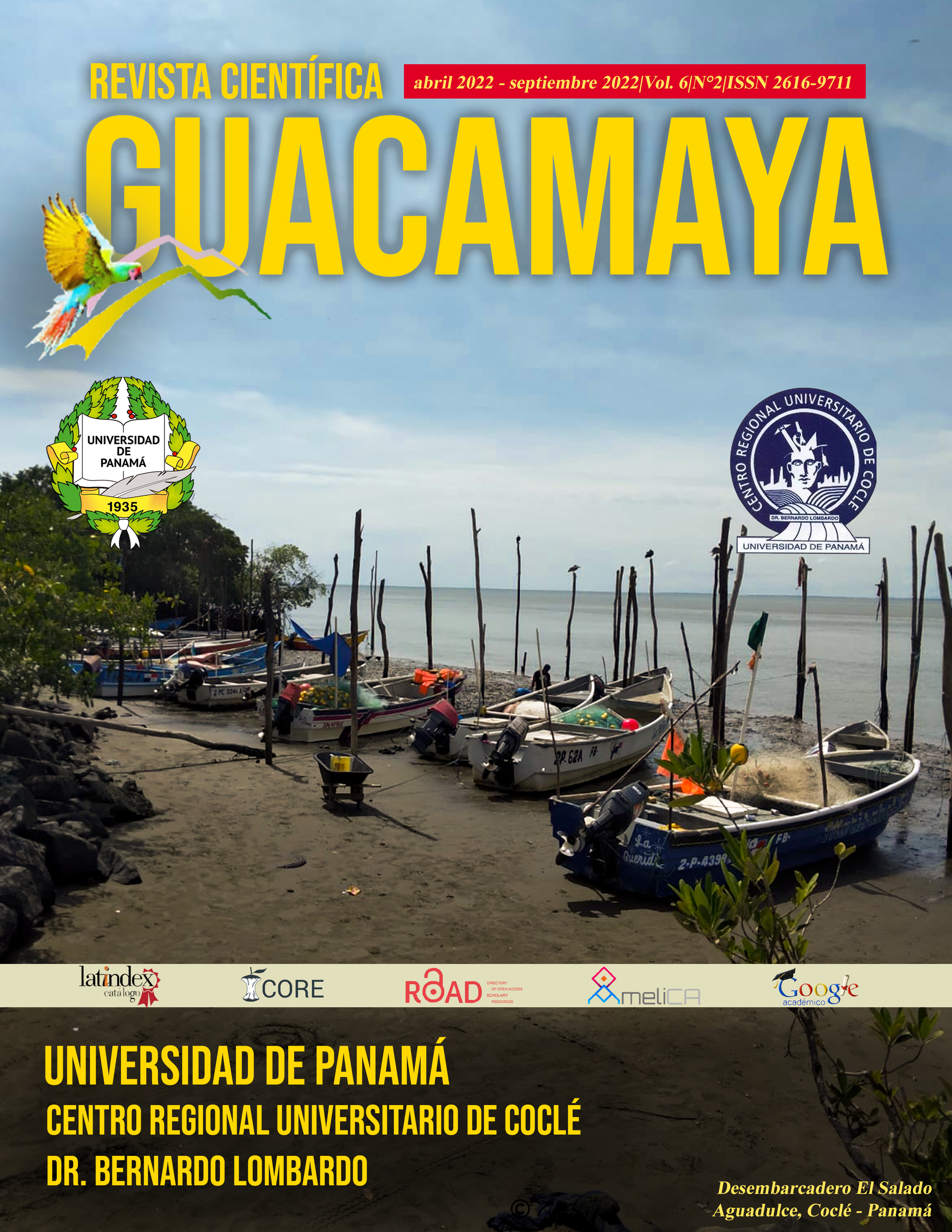

The Salkantay Glacier, located in the Cordillera Vilcabamba, in the district of Santa Teresa, province of La Convención, Department of Cusco. It rises to 6271 m.a.s.l.m. The general objective is to study and measure the Black Carbon on the glacial surface on an annual basis, since 2014 snow and ice samples have been taken, motivated by the action of global warming, as well as by the negative impact of environmental pollution on the glacier mass. For the specific objectives, the amount of black carbon in the Salkantay glacier is measured and the temporal variation of the study years is determined, through the Single Particle Soot Photometer (SP2) methodology of the National Center Athmospheric Research (NCAR). After having carried out the field trips and collected snow samples from the surface of the glacier, applying the respective study methods, it was observed that approximately 90 to 130 liters of water are lost each month, product of Black Carbon, pollutant emitted by the automotive fleet, grassland fires and biomass burning.